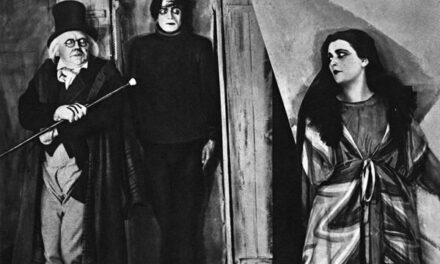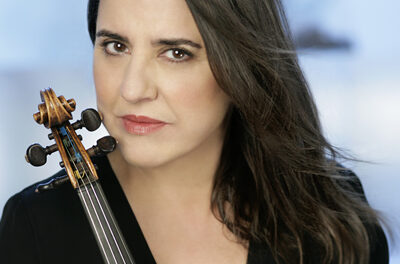The brass quintet formerly known as Boylan Bridge Brass, now known with the slightly abridged name of Boylan Brass, performed a lively program infused with imagery of Americana. The Boylan Brass musicians are: Don Eagle, trumpet; Alex Fioto, trumpet; Pam Burleson, horn; Jonathan Randazzo, trombone; and Tony Granados, tuba. (More information on the musicians can be found on their website.) This concert, sponsored by the NC Museum of Art and Chamber Music Raleigh, was the last offering of the “Sights and Sounds on Sundays” series where certain artworks and exhibitions are featured with a musical program to match. Boylan Brass’ program was presented with works of art from two exhibitions: “American Impressionist: Childe Hassam and the Isles of Shoals,” and “Marks of Genius: 100 Extraordinary Drawings from the Minneapolis Institute of Art.” Images from these collections were projected to accompany certain pieces on the program; Hassam’s impressionist paintings of New England shores lent themselves especially well to reflecting the moods of the music.
Ralph Vaughan Williams’ “Sea Songs” was a perfect selection to go with paintings of colorful shoals by the sea. This music evokes imagery of a more nationalistic view of the sea, with intersecting energetic melodies that come together at stately cadences. Right away, the precise blending among the five members of Boylan Brass was apparent. Granados took the time to briefly introduce each song that followed, first saying that a good way to experience this concert would be to synthesize the music and artwork with original imagination. Street Song by Michael Tilson Thomas was described as a centerpiece of the program as a whole. This music created a soundscape of city streets in a way that was more abstract than the previous piece. The performers mastered the unpredictable harmonies and shifting tonal center with heightened communication among the ensemble. In the middle of the slower, more lyrical movement, a notable moment occurred when Eagle beautifully completed chords with his muted trumpet playing the highest note. Before the grand ending of Street Song, hints of jazz harmony seemed to creep in, due partially to syncopation and changing meters. The piece ended with grand, looming chords that brought to mind images of skyscrapers, and then a calmer cadence.
An interesting choice for the program was Eric Whitacre’s “Lux Aurumque,” which was originally written for a capella chorus; the heartbreakingly beautiful chord progressions and melodies in this piece translated well to the sonorous brass quintet. Long phrases over pedal tones showcased the ensemble’s dramatic dynamic ability with precise crescendos. Four songs by Charles Ives and selections from Copland’s Appalachian Spring created a sense of quintessential Americana for the program. The former were short and humorous, with contrasting moods and somewhat abstract harmonies. The latter, especially the well-known “Simple Gifts,” worked well for the quintet, giving each artist the opportunity to carry the famous themes.
The concert ended with “That’s a Plenty,” the originally ragtime piano piece by Lew Pollack. This was a delightful contrast to the more formal nature of the previous selections. “That’s a Plenty” is ragtime with a bold jazz style and a catchy theme that lent itself well to terrific jazz-style solos by the brass players. The music was completed with a slideshow of images of Appledore Island, Maine, where Childe Hassam spent his summers painting as part of an artists’ colony that resided on the island in the late 19th century. This brought the program full circle, reinforcing the important relationship between music – especially engaging, energetic performances such as this one– and visual art.












